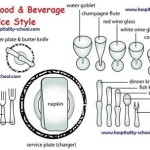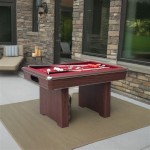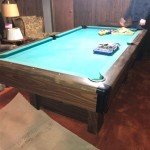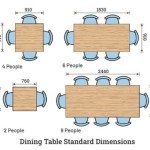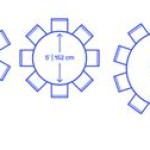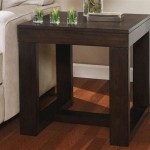How to Treat a Tree Stump to Make a Table
Transforming a tree stump into a unique and rustic table is a rewarding project for any DIY enthusiast. Not only does it add character and natural beauty to your space, but it also reduces waste and gives a new life to a piece of your property's history. This article will guide you through the process of treating a tree stump to prepare it for use as a table.
Prepare the Stump
The first step is to prepare the stump for transformation. This involves removing any remaining roots, bark, and loose debris. Begin by using a shovel or root cutter to remove as much of the root system as possible. Once the roots are cleared, use a chainsaw or saw to cut the stump to the desired height. Be sure to wear appropriate safety gear, including gloves, eye protection, and protective clothing, while using power tools. After removing the roots and cutting the stump to the desired height, carefully remove any remaining bark and debris using a chisel, scraper, or brush. You may need to use a wire brush to remove stubborn bark or sap.
Treat the Wood
Once the stump is prepped, you’ll need to treat the wood to prevent rot, decay, and insect infestation. This involves applying wood preservatives and sealants. Start by inspecting the stump for any existing rot or decay. If you find signs of rot or decay, scrape away the affected area and apply a wood hardener or consolidant. This will help to strengthen the wood and prevent further deterioration. Next, apply a wood preservative to the entire surface of the stump. This will help to protect the wood from moisture, fungi, and insects. Finally, apply a wood sealant to create a protective barrier against weather and other environmental factors. You can choose from a variety of wood sealants, such as polyurethane, varnish, or oil-based finishes. Each sealant comes with its own set of benefits and drawbacks, so research different options and select the one that best suits your needs and the intended use of the table.
Finishing Touches
Once the stump is treated, you can add some finishing touches to make it a functional and beautiful table. You may want to sand the surface smooth to provide a polished look or leave it rough for a more rustic aesthetic. Consider adding a tabletop, either by attaching a separate piece of wood or by carving out a flat surface directly into the stump. If you choose to attach a separate tabletop, ensure that the wood is appropriately treated and sealed to match the rest of the table. You can also add legs to the table if desired, using a sturdy, weather-resistant material. Finally, consider adding a protective layer of wax or oil to the finished product to enhance its natural beauty and provide additional protection against weathering.

How To Preserve A Tree Stump For Furniture Restoring Handmade

Diy Natural Tree Stump Side Table Justinecelina

How To Diy Stump Table 17 Apart

Diy Natural Tree Stump Side Table Justinecelina

Diy Natural Tree Stump Side Table Justinecelina

How To Diy Stump Table 17 Apart

Diy Natural Tree Stump Side Table Justinecelina

Diy Tree Stump Table

How To Preserve A Tree Stump For Furniture Restoring Handmade

Diy Natural Tree Stump Side Table Justinecelina

